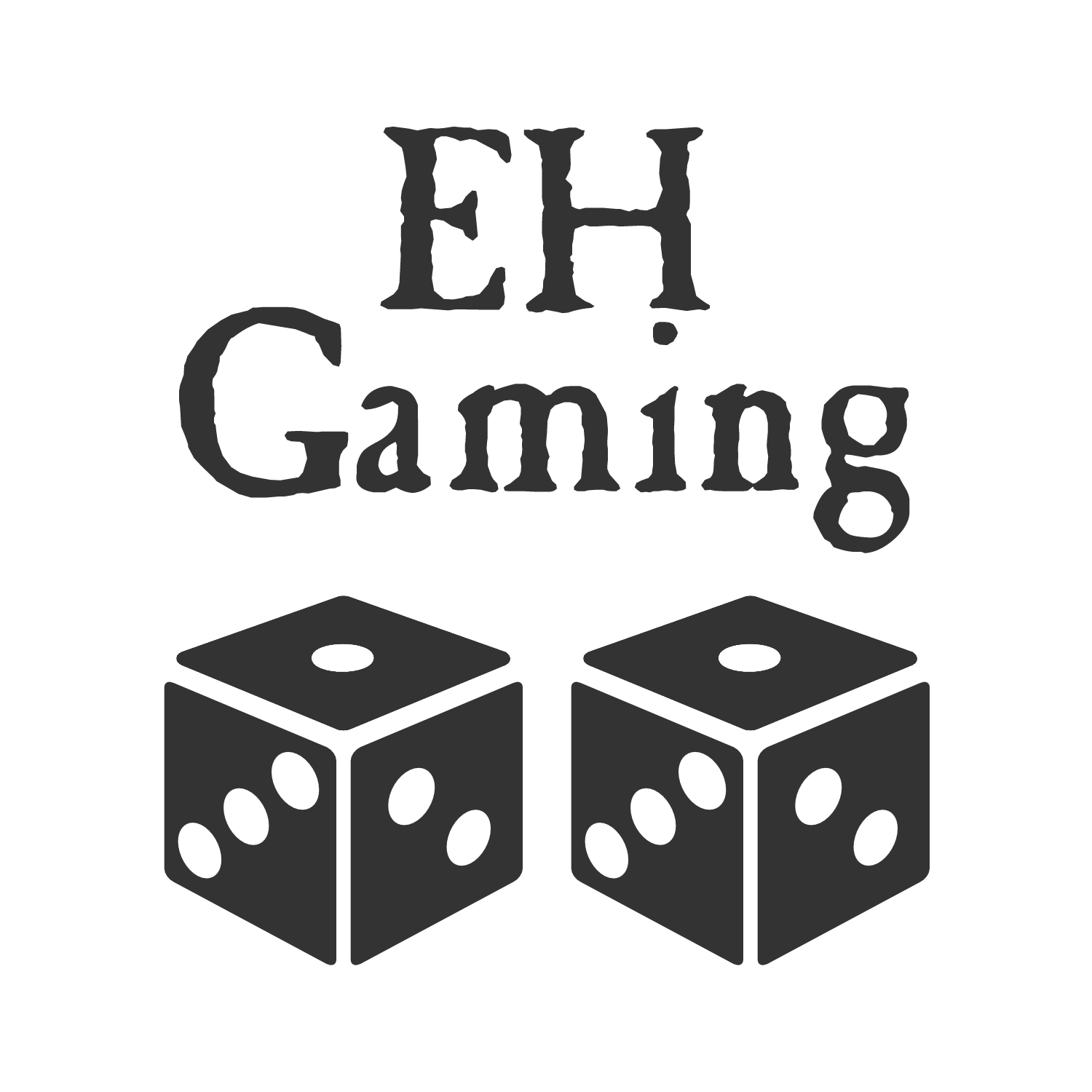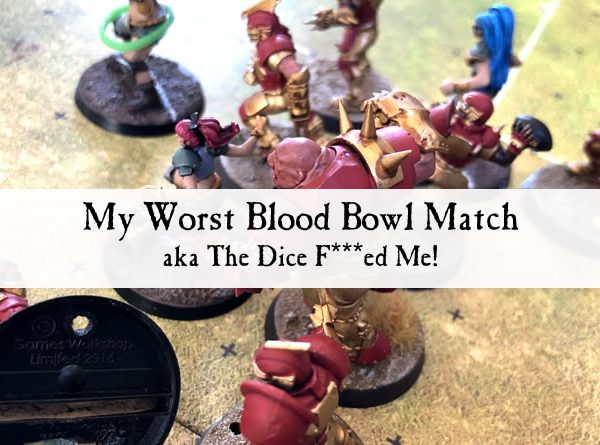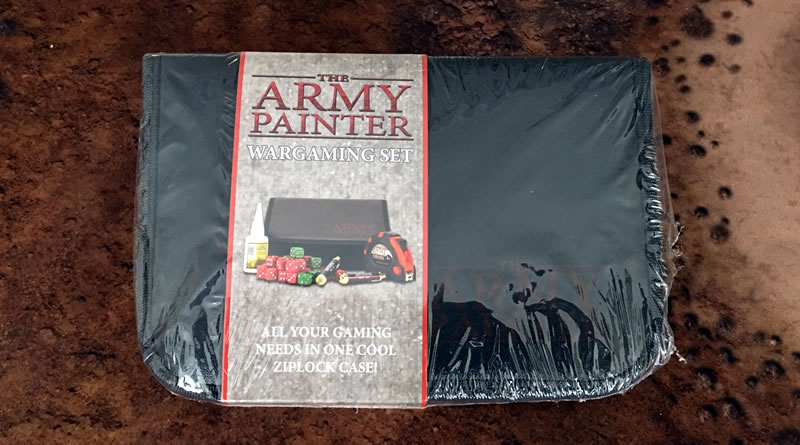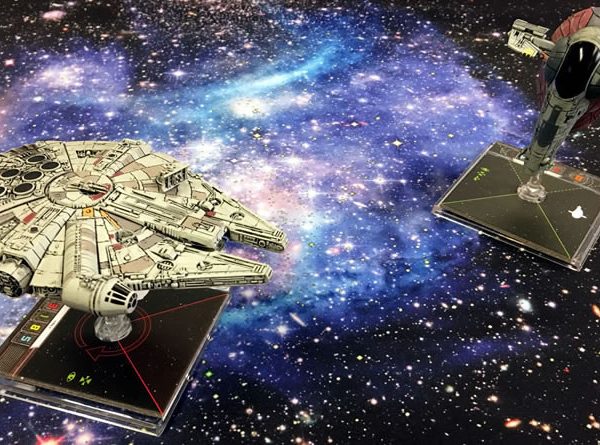
I’m happy to confess that I vocalised something akin to a squeal of delight when I heard the news that Games Workshop were releasing a new and updated version of Blood Bowl in November 2016. Nothing was going to hold me back from buying a copy on launch day and this Blood Bowl 2016 game review was the first one I wrote when starting to get this website off the ground.
At the time of writing this I am 42 years old, but the memories of being a proud owner of the 2nd edition of Blood Bowl as a tousle-haired 14 year old in 1989 have never left me. I played it constantly for a few years, probably until the discovery of alcohol and foolishly left it behind as adult life took over. I have said for the last 25 years though that Blood Bowl is the best game I have ever played. It ticked a lot of boxes for me by combining sports, board games and the captivating world and races that Warhammer had created. There was no other game like it at the time…and with my own children now at an age where they can appreciate it this latest release is perfect timing for us.
What’s in the box?

- Reversible Blood Bowl Pitch
- 1 Ork Team (12 models)
- 1 Human Team (12 models)
- Dug Out Cards
- Pass & Scatter Templates
- Game Tokens & Balls
- Two Sets of Official Blood Bowl Dice
- Deck of Special Play Cards
- Player Reference Cards
- Official Blood Bowl Rulebook
- Two Game Reference Sheets
Basic Game Overview
Blood Bowl is a bit of a parody of American Football and the first edition was created by the legendary Jervis Johnson for Games Workshop in 1986. The game is played in world that is something of an alternative reality to the old Warhammer Fantasy, or to today’s Age of Sigmar game in that instead of meeting on the battlefield all the time they come together to play organised Blood Bowl matches!
All of the major fantasy races are represented, not just humans and orcs. There’s dwarves, elves, goblins, ogres, skaven and more, as well as a variety of star or mercenary players…you can have treemen or trolls playing in some teams!
The teams square off against each other with 11 players each on the pitch at the start of the game. One team kicks the ball to the other and off they go.
The aim of the game is to carry the ball into your opponents end zone to score a touchdown, exactly like in American football. The team that scores the most touchdowns at the end of the match is the winner. Sounds simple enough, but it is far from easy as there is a lot of carnage to avoid…the word ‘Blood’ is in there for a reason!
Blood Bowl is a violent sport. Players seek to batter and injure (or even kill) opposing players at any opportunity and there are plenty of game mechanics that help them to do this. It is actually quite rare to see a high scoring game as most of the action takes place between fists and faces.
That said it is difficult to bludgeon your way to victory. There are plenty of dice rolls to be made each turn and the best maimed plans of skaven and men can come apart at the seams when the dice don’t go your way. The biggest and strongest team doesn’t always win and the best player doesn’t always win. Since the first edition right through to this latest version the outcome of a match is often in the hands of the dice themselves.
What’s it like to play?
Blood Bowl is frustratingly brilliant to play. It is a great game and relatively easy to pick up and learn, but even when you begin to master the game itself and really get under the skin of your chosen team you can still end up cursing and swearing when your dice roll goes badly.
The game is broken down into two halves during which each player has 8 turns. Players take turns…erm…to take turns, during which a player can ‘activate’ each model to perform one action. This is done on a model by model basis, and this is important because if something goes awry with a model’s action then a ‘Turnover’ can be triggered which immediately ends that players turn and their opponent gets to go. They didn’t have this ‘Turnover’ rule back in the 2nd edition used to play, so this was a new one on me although it was actually introduced in the third edition in 1994. I wasn’t sure about it when I first read the rules but on first play it soon became clear that the game moved at a faster pace than I remember and this is a really good mechanic for getting matches finished in a timely yet enjoyable manner. I remember matches used to drag on for over 3 hours in my teenage years.
The risk of a turnover brings with it a new element of strategic thinking when you are starting your turn. If you have a model carrying the ball with a good chance of getting close to the end zone then you may want to think about making that move first before you have one of your other models try and make a risky block at the other end of the pitch. If you make the block first and come off worst then your turn ends and your opponent gets to play without your ball carrier getting to move. Chances are that model will have something nasty breathing down its neck before you get to go again!
The core actions that a model can make are as follows:
- Move – A model can be moved up to the number of squares represented by its Movement Allowance (MA). For example, a model with an MA of 5 on its player card can move up to 5 squares each turn.
- Block – A model can ‘attack’ an opposing model in an adjacent square. NB: Models cannot normally move and then block unless they Blitz…
- Blitz – This action can be performed once per turn by one model of choice. A model moves a number of squares up to its MA and makes a block during the move at a cost of one square. For example, a model with an MA of 5 moves 2 squares into an adjacent square to an opposing model, makes a block successfully and then moves on 2 more squares. 4 squares of movement and a block equals 5 squares so the MA is matched. That same model could have also moved 4 squares and then made a block but wouldn’t have been able to move any further after that.
- Pass – Again this action can only be performed by one model of choice per turn, and it goes without saying that this is the model that is carrying the ball. The model can move a number of squares equal to its MA before it tries to pass. The model doesn’t have to start its move with the ball and can pick it up during the move and then pass at the end.
There is one extra action that can be performed by any model performing a core action other than a Block and this is known as Going For It. A model can try to move up to 2 squares more than its MA. Sometimes you need to do this to move that extra square into the end zone, or your blitzer needs an extra square to get next to the opponent who is about to score before the block can be made. For each extra square the model is trying to move to a 6 sided dice (D6) needs to be rolled. If you roll a 1 then the player falls down and has to roll to see if an injury has occurred. The odds are always with you on a roll like this but you will be amazed just how many times a 1 gets rolled to stop you scoring or to see that majestic blitz fall apart. Rolling a 1 will also result in a turnover.
Turnovers are always ready to bite you and practically all of the actions above can result in your opponent picking up the dice to start his turn earlier than you wanted. Failing your block and getting knocked down as a result equals a turnover. Attempting and then failing to pick up the ball is a turnover. A pass being failed and the ball not being picked up a team member before it stops moving is a turnover. A player being sent off by a keen-eyed (or bribed) referee for fouling is a turnover.

Some folk argue that Blood Bowl isn’t a very well balanced game as when you learn more about the game and experience a wider variety of teams than just orcs and humans you will see that some races are just ‘better’ than others right out of the box. I would argue that balance is maintained in the game, despite the imbalance of different race attributes, because of the turnover rule. That mighty ogre can fail a block against that goblin and be knocked down. The momentum of the game can change with such a mishap. That normally accurate elf thrower can make a fumble or that normally sticky handed catcher can drop the ball. That Going For It move of one extra square can see a 1 get rolled as highlighted above and the ball gets dropped and bounces to the opposition. Your star player who was going for it got injured and your opponent is now carrying the ball and the rest of your team is out of position.
With experience though the risk of a turnover leading to calamity can be mitigated and Blood Bowl is more than just a fun pick-up game. You can get better and better at it even though the dice will always try to trip you up (literally). You learn something new each time you trigger a turnover and you learn something about yourself and your attitude to risk as play more games too.
A bad dice roll doesn’t always have to end in disaster though. Each player gets a number of Team Re-Rolls to use through the game. You cannot use more than one per turn, but if you have one in the bank and you roll that 1 while Going For It into the end zone then you can take a re-roll and hope for a better result. That said, last game I played I managed to re-roll a 1 after Going For It to make a blitz and rolled another 1…it happens (often!).
Individual models also sometimes have special skills that allow them to re-roll. For example, a Thrower usually has the Pass skill listed on his statistics card and this skill allows the model to re-roll a fumble or inaccurate pass. So you get a second chance if the throw goes wrong. Catchers usually have the Catch skill which allows them to re-roll a failed catch. These skills add an extra injection of reality into the game and do sometimes stop the dice gods destroying your glory moves completely. Let’s be honest, it is more than likely that a trained Thrower will be able to throw the ball well more often that not. Likewise a trainer Catcher will usually catch an accurately thrown pass over a modest distance. The skills given to the different types of models usually make sense and this maintains the ‘reality’ of the game. It is unlikely that a heavy set and slow moving black orc would be nimble enough to make a great catch, so they don’t have that skill and their lower agility score (AG) makes it harder for them to throw or catch the ball full stop. What they lack in agility they more than make up for in strength so their job is to throw tackles and dish out damage.
Damage being dealt can really cause a game to swing back into a player’s control and this adds another layer of excitement and unpredictability into the game. A team in the ascendancy can sometimes, at the whim of the dice, be decimated by a few block results going against them and some very unlucky rolls on the Injury Table. Yes, every time one of your models is knocked down they run the risk of being stomped on by the attacking model who attempts to break their armour and injure them. Each model has an Armour Value and if they are knocked down then the opposing player can roll 2 D6 dice. If the value of the dice adds up to more than the Armour Value of the knocked down player then a roll on the Injury Table is made. The results of this can see the knocked down player removed from the pitch until a touchdown is scored or as a casualty for the rest of the game. Losing two or three models in a turn can cause problems in a game where most of the action is happening in the middle of the pitch. That tough face-punching team can be reduced to a slow moving, outnumbered and outclassed opponent if they are unlucky enough to lose a couple of players this way. Likewise a decimating run of brutality against a team’s fragile key players such as Catchers and Throwers can reduce the nimble, lightweight passing reliant team into a very blunt instrument. Suddenly they are involved in a brawl of a match for which they are ill equipped.
A big part of the fun and experience of Blood Bowl is learning how to deploy and sometimes protect your key models or trying your upmost to get your big guy’s bone-crunching hands on that flashy opposing star player!
Playing the game with complete beginners did remind me that newbies need to be eased into the game for the first couple of matches and there are some very handy scenarios in the rule book that can be followed to help new players get to grips with the different aspects of the game such as moving and blocking and passing and catching. I recommend that you run through these a couple of times before kicking off your first full match as it makes for a better game experience when the basics have become tacit knowledge.
Time flies when you are playing a match, and this is always a good sign. Everyone who plays it gets into it, no matter how hard they try to resist. It can be a fiercely competitive game if you want it to be and it can also be a great bundle of ‘who cares’ fun if you just want to roll some dice and have a laugh for an hour or two.
Who would like it?
Anyone who enjoys watching competitive team sports such as rugby, football or American football should enjoy a game of Blood Bowl. Anyone who like a decent board game or plays tabletop miniatures games is likely to have fun with it too. If both of those conditions apply then you’ve nailed it. Kids lap it up, and I would say that 8 years old is a good guideline for the right minimum age to give it a go. It’s good fun to play as a ‘beer and pretzels’ game where you just hang out and have a laugh but it also works extremely well in a competitive league environment and I recommend you pick up a copy of the Death Zone supplement book if you want to take your Blood Bowl experience to this next level. In fact, you should pick up a copy anyway as it has rules and information for some of the other races for when you are ready to try something different to the included orcs and humans. There is also lots of background to the game in there and it is a good read all on its own.
Summary
I find it very difficult to give anything but my complete and utter 100% endorsement to this game. Hats off to the Specialist Games team at Games Workshop who have created a very excellent updated yet historically loyal and respectful version of the game. As I said, Blood Bowl has been fondly remembered as the best game I had ever played and that was echoing back to good times in the late 1980s and very early 1990s. This edition has not let me down at all. It’s as good as I remember (better with the Turnover rule) and I am really impressed with the kit that you get in this latest version.
The miniatures are really well sculpted and a HUGE improvement on the ones I used to play with. The reversible pitch and dug outs are great, I love the artwork and think the rule book is really well laid out. Extra little details such as including a hole in the models’ bases for the ball to be plugged into are great. I love that each race gets its own style of ball and the squig ball for the orcs is fab. I love the new 2-part plastic throw range ruler template. I didn’t know I needed a better pass range ruler than the last versions until I saw this beauty! I can easily get carried away with the praise so I will try and wind myself in a little bit…
For a casual nostalgic fanboy of the game, such as myself, it is a rip-roaring success. I don’t miss the old plastic floppy pass range ruler and LOVE the new 2-part plastic version. I didn’t know I needed a better pass range ruler until I saw this beauty!
The best part of the experience of waiting for this game to be released was the price reveal. I was expecting this game to retail at anything from £75 to £95. I would have been slightly miffed at £95 and would have felt a little bit exploited. I would have been perfectly happy with £75 or even £85. For it to be released at £65 was a real treat, and this means that you can usually find it discounted at independent game stores for as low as £55.
If you have never played Blood Bowl and think that it is a game you might enjoy then I urge you to dive in and give it a whirl. Hope you enjoyed this Blood Bowl 2016 game review and please leave a comment and let us know what you think. I’m off now to carry on painting up our own team…the EH Gaming 49rs.
Well done Games Workshop…and thank you. You have made me a *sob* very happy mid-life crisis man!
Our Verdict

Scores 11 out of 12…Wham!
Publisher: Games Workshop
No. of Players: 2
Recommended Age: 12+
Time To Play: 1 to 1.5 hours
RRP: £65
Official Blood Bowl Website
Official Blood Bowl Facebook Page



